Chafing: What Causes It And How to Stop It With These Helpful Tips

Summertime is great. The sun is shining, the birds are singing, and the beaches are full of people enjoying the warm weather. Unfortunately, one downside to summer is that it's also the official chafing season. Chafing can occur anywhere on your body where skin rubs against skin, clothing, or other surfaces. In this blog post, we will discuss its causes and how you can prevent!
Have you noticed angry red marks on your feet after a night of dancing? And have you ever come back after a long day at work and found red marks under your bra? Have you peeled away woollen stockings only to find your skin irritated? If so, you are suffering from chafing.
What’s chafing?
Simply put chafing refers to skin irritation and inflammation caused by certain factors. It happens when skin rubs together, causing friction. This leads to inflammation and irritation of the skin tissues and causes a burning sensation.
What are the causes?
There are many causes of chafing; the most important of these are –
Moisture: Too much humidity in the air, or sweating too much causes chafing of skin. Summer months or travelling to a humid tropical place increases the chances of your skin getting chafed.
Friction: Constant friction can cause one’s skin to chafe. The most common causes for chafing due to friction include - walking, running, dancing, gymming and cycling.
Being Overweight: As friction causes chafing, being overweight increases your chances of chafing. If you are on the heavier side, your thighs rub more against each other, or your arms rub more against your body, often causing chafing.
Irritating or Uncomfortable Fabric: Grizzly or uncomfortable fabrics rubbing against skin is another important cause of chafing. Fabrics that cause skin to chafe include – wool, velvet and surprisingly cotton. Cotton soaks up sweat and then the wet fabric rubs against your skin causing chafing.
Garment Add-Ons: Any garment with studs, pins or other add-ons can cause chafing. People with really sensitive skin can also get chafed skin because of the friction caused by garment labels.
Very Tight Clothing: Wearing extremely tight clothes for very long periods of time, in hot weather, or while doing rigorous activities, can cause skin to chafe.
Breastfeeding: New moms who are still nursing often have chafed skin around their nipples.
Now that you know all about the causes of chafing, let’s move on to the remedies.
Chafing Remedies
1. Cleanse Properly: Wash the inflamed parts of your skin with a gentle bodywash and lukewarm water. If you have chafed skin on many parts of your body, bathe in lukewarm water with a mild bodywash. Don’t use soap or a loofah, as this will cause more friction and make the abrasions worse.
2. Use Soothing Skin Products: Using a soothing lotion with chamomile or eucalyptus oil, or an ointment with zinc oxide to reduce chafing and calm your skin.
3. Use Petroleum Jelly: Using Petroleum jelly directly on your skin, or even a body lotion that has a good amount of it, can prevent your skin from chafing. Petroleum jelly not only deeply moisturizes your skin, but also acts as a barrier between your skin and friction causing elements.
4. Spray some Deo: A localized way of treating abrasions is to spray some deodorant on specific spots where your skin is chafed. This prevents your skin from collecting moisture and stops it from getting worse.
5. Choose the Right Fabric: Instead of wearing clothes made of fabrics that trap moisture like cotton and silk, opt for fabrics that don’t trap moisture like polyester or lycra, particularly in summer months and while engaging in activities that cause more friction. In winters you can chose to wear lace stockings instead of woollen ones to reduce friction.
6. Wear Loose Clothes: Your skin is the largest organ in your body. It needs to breathe, especially in summer when you sweat more. So wear comfortable loose clothes so that your skin can breathe and moisture can dry easily, which will also prevent chafing.
7. Lose Weight: Being overweight leads to more chafing, simply because it leads to more friction. Losing weight and staying fit will not just prevent chafing, but will help your health in general. But ultimately how fit you want to be is your call. Don’t resort to unhealthy diets or drive yourself crazy in an attempt to lose weight.
8. Thigh Chafing: Inner thigh chafing is most common amongst people who are heavier, or who work out extensively.
How to treat thigh chafing?
Here’s how to treat it:
1. Thigh Gap: The best way to prevent inner thigh chafing is of course to have a thigh gap. A gap in your thigh means less friction, and so less chafing. If you naturally have a thigh gap great, if not you can workout to get it. But since not everyone’s genetic make-up supports this, you may need to resort to some other chafing remedies.
2. Moisturize: Moisturize your thighs regularly and before doing any rigorous activity.
3. Wear Lose Pants in Summer: Wear loose pants made of breathable materials like cotton or linen in summer months.
4. Switch Your Workout Gear: If you workout regularly and need to wear fitted clothes, opt for sweat absorbing synthetic materials like polyester and lycra.
5. Try Anti-Chafing Bands: If your thighs are on the heavier side, or you run, exercise, dance or cycle for long periods of time, try using a chafing band to prevent it.
There are many causes of chafing, but there are also many simple solutions. So try these remedies if your skin is chafing.

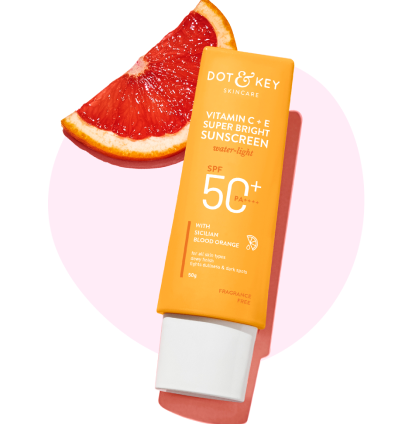
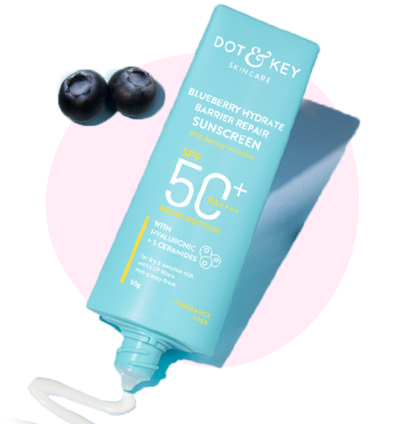
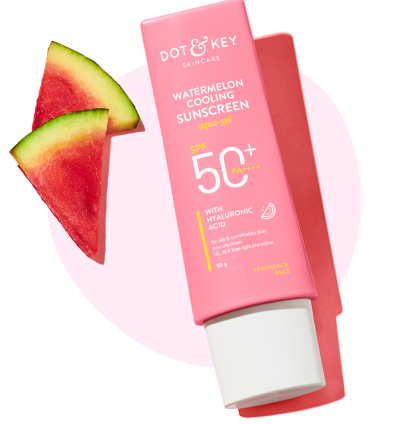
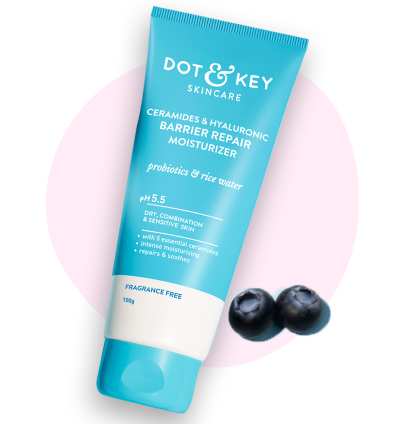
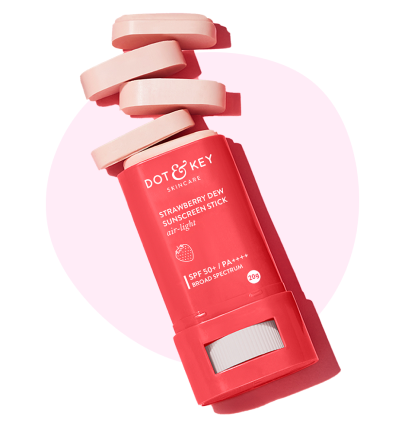
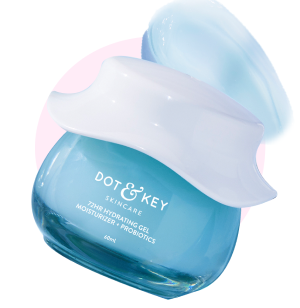

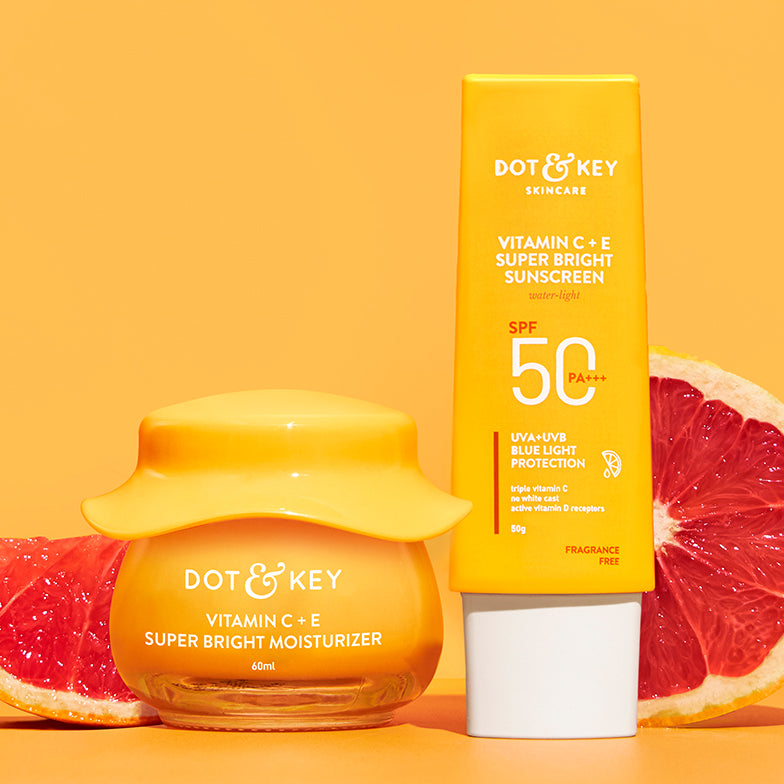





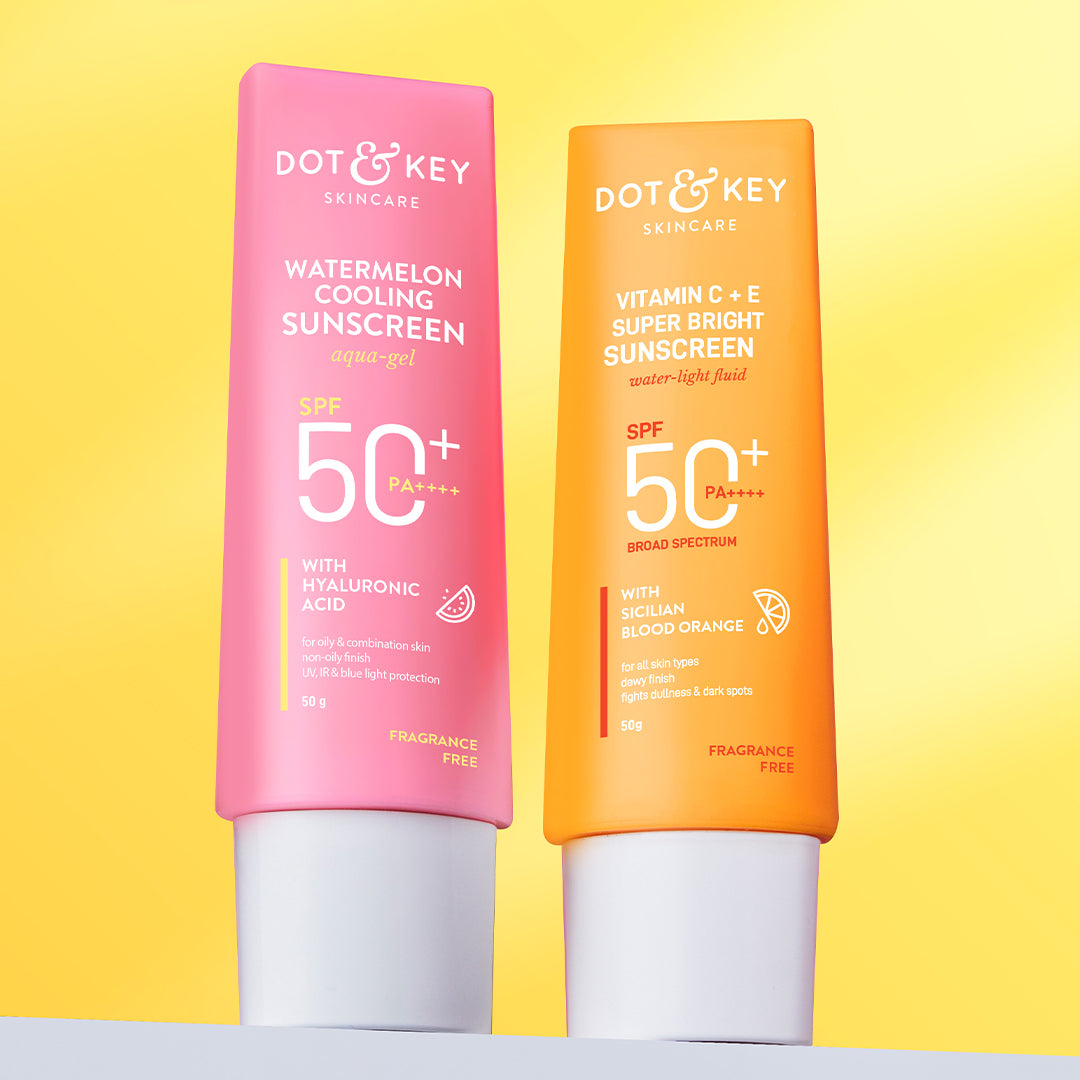



Leave a comment